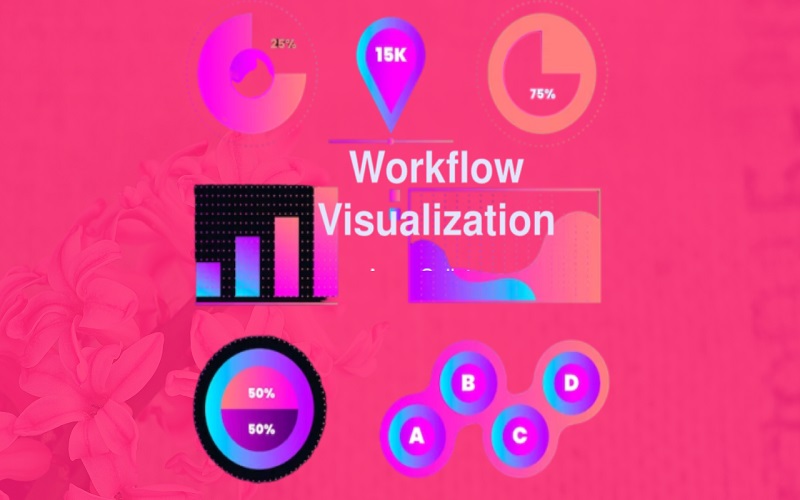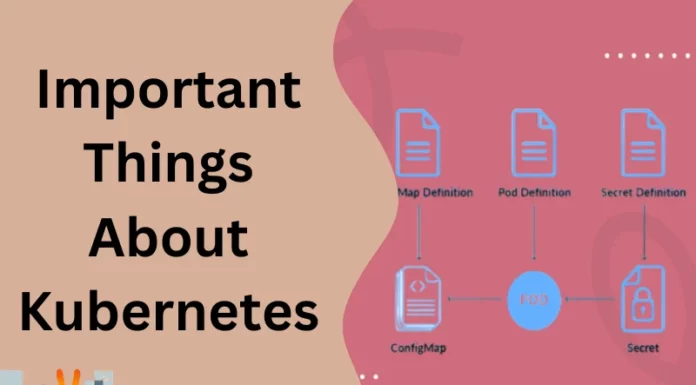If you are running a business, you might have certain doubts and queries such as whether your business is running correctly or is it generating the desired level of profits? In today’s highly competitive world, optimization of workflow is essential. Every business has its own workflow pattern. Businesses should plan and focus on optimizing their workflows regularly.
Employees face a lot of pressure in their workplace, such as meeting target deadlines, achieving workflow productivity, and more. If your business process is outdated, then it may lead to operational inefficiencies and poor performances.
Workflow optimization involves implementing necessary changes to your existing workflows to improve work efficiency and save time in task completion. Workflow optimization adds innovative functionalities to your existing workflows. It helps in streamlining business operations and minimizes the chances of errors. By automating repetitive tasks, businesses can optimize their workflows. The primary objective to implement workflow optimization is to reduce dependency on human workforce for conducting routine tasks.
A good, optimized workflow ensures efficient management of data. Minimizing human intervention in business operations ensures restricted data access and accuracy of data. It helps eliminate unnecessary hindrances in business processes, leading to improved decision-making.
By automating routine tasks, employees can focus on productive tasks and improve productivity. Workflow optimization helps you to redesign workflow patterns and identify new business opportunities. It enables real-time data-sharing across departments, ensuring transparency in business operations. Inventory management workflow and employee onboarding are some examples of workflow optimization.
Let us understand the Top 10 strategies to optimize your business workflows.
1. Establish Clear Goals
The first step to achieve workflow optimization is to establish clear set of goals and objectives. Setting transparent and actionable goals right from the beginning clarifies your employees regarding the task to perform. It ensures that all the team members are aware of the task and all of them are working in uniform directions to accomplish the task. Defining goals ensures all your team members align in same direction and work together to achieve a common goal.

2. Analyze Current Workflow Process
Another way to implement workflow optimization is to analyze your ongoing workflow process. Check for any hindrances in the current process that is causing delay to your task completion. You can also interact with your teammates to identify issues or difficulties they are facing in completing a task. Offer them solutions to improve workflow patterns and optimize the procedures to create a peaceful working environment.
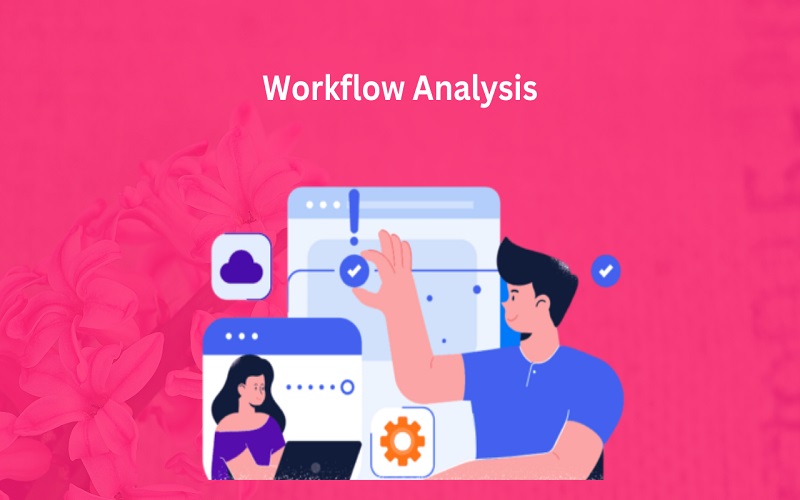
3. Select Right Set Of Tools
It is crucial to select the right set of tools to perform routine tasks. You must invest in a software tool that easily adapts to future technological advancements and operates for long durations without interruptions. Before selecting a tool, check its features and compatibility with your device and operating systems. Ensure that your selected software complies with prescribed business standards. After analyzing all these factors, you can select a software tool suitable for your business.
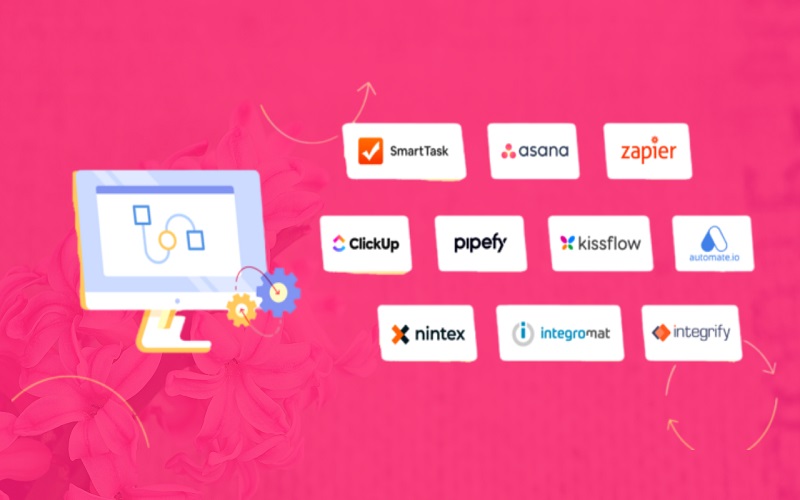
4. Define Key Performance Indicators
Defining KPIs helps in measuring the effectiveness of your workflow optimization efforts. Some KPIs that you can consider for optimizing workflows are:
- The average time taken to complete a task.
- Error rate calculated as the percentage of tasks with errors.
- Customer satisfaction score.
- Average cost associated with each business process.
Defining a clear set of KPIs leads to informed decision-making and productivity.
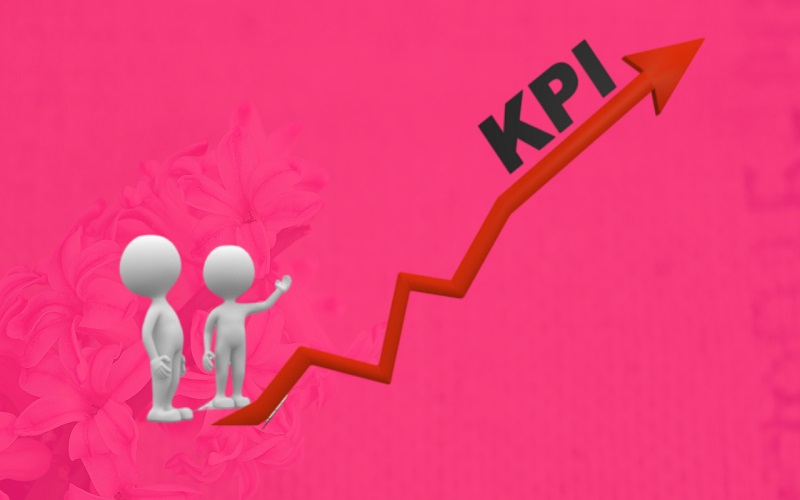
5. Automate Routine Tasks
Performing repetitive task can frustrate employees, which may lead to increase in errors and financial loss. The best way to optimize workflow is to automate routine tasks. Automation tools helps in conducting business operations smoothly. You can automate some key areas including task allocation to employees, establishing deadlines for task completion, and payroll data.
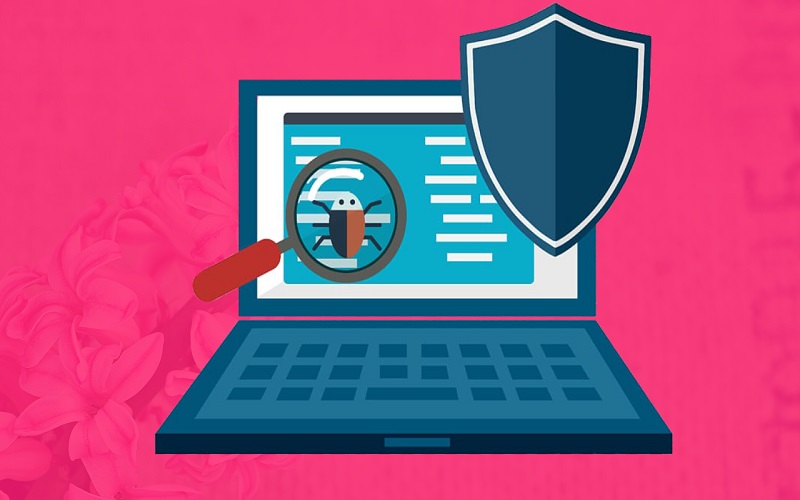
6. Adopt Lean Operations
For past few years, e-commerce giant, Amazon is following lean methodology for optimizing their workflows. Adopting lean operations helps to streamline your complex business processes. It follows the principle of doing more with less i.e. the focus is to maximize workflow efficiency and minimize wastage. It helps in achieving workflow efficiency by filtering out all unwanted processes and wastages. In achieving workflow efficiency. Industries like healthcare, hospitality, and public companies adopt lean methodologies for optimizing their workflows.

7. Continuous Monitoring
To ensure system efficiency and relevance, regular monitoring of workflow is necessary. Workflow optimization is an ongoing process requiring continuous evaluation and upgradation. Regularly monitoring your business processes helps you to identify new opportunities and challenges and implement necessary changes required to achieve optimal performance. Communicating with team members and reviewing workflow management policies regularly helps in identifying those areas that need improvement.
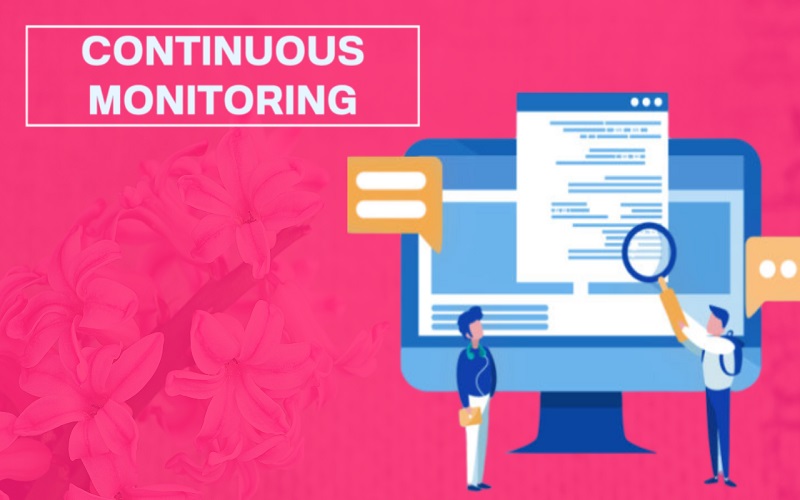
8. Employee Training
Implementing proper training helps to improve employee productivity and efficiency. Companies should plan and implement adequate training programs to ensure that their employees perform tasks efficiently. Plan and inform employees about the training schedule in advance. Employee training is essential to ensure their team members know the functions to perform and their role in the process.

9. Ensure Workflow Security
Implementation of workflow security ensures easy execution of tasks without any hindrances. It is crucial to check the presence of any viruses in your system. A virus can interrupt your smooth workflow, creating harmful consequences for your business. It is better to monitor and remove the virus present in your workflow. Avoid data breaches by securing your vital data from any leakages. Inform your employees not to click on any links given in emails and social media websites. You can also change your passwords frequently to ensure your data security.

10. Visualize The Workflow Process
Workflow visualization is a process in which visual charts and graphs are utilized to illustrate various steps involved in a project execution. Visualizing workflow process helps your teammates understand the process with clarity. Utilizing graphs and charts to visualize the workflow enables your teammates to understand what exactly they have to do. It offers you a blueprint of complete goals to achieve. You can use Gantt charts and process maps to prepare visual maps. You can also utilize Project management software to create charts for workflow visualization.
